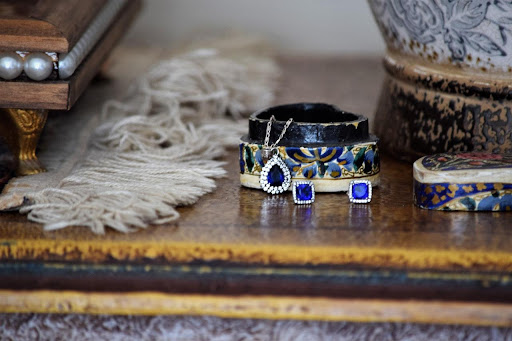In March 2021, an unassuming shopper at a Nova Scotian thrift store — where proceeds benefit the SPCA (the Society for the Prevention of Cruelty to Animals) — was shocked to get home and discover a ring hidden inside a leather purse that they had purchased at the charity shop for merely $12.
The customer had the ring evaluated and was shocked yet again to find that it was worth $2,000 CAD. Rather than keeping the ring, this remarkably honest citizen returned the ring to the store, where staff members launched a search to find the ring’s rightful owner.
Hearing this story raises a compelling question: do you have a piece of jewellery at home with an uncertain authenticity and value? If so, what are your options?
Technology May Be Able to Help
If you come across jewellery at home, or if you simply have a piece of jewellery that you’ve been curious about, take it to a specialist — someone who is a trusted source for selling and buying collectibles. This is the most direct and best place to start.
Find reputable and trustworthy places to sell silver coins, gold coins, jewellery, and other collectibles in your area. Look for specialists who utilize the power of an XRF machine.
An XRF machine — which stands for X-ray fluorescence —is akin to an X-ray for materials. It’s able to determine the exact precious metal content and purity of your jewellery items.
You can attempt to ascertain the authenticity of metal jewellery at home. Here are your options for silver items.
Ways to Evaluate Silver Jewellery at Home
Look for a hallmark: A hallmark is a small stamp on jewellery. It might be on the clasp of a necklace or the underside of a bangle. It may include a number or decimal point that indicates the percentage of purity for the item. For example, a stamp of .500 means it’s 50% pure, .800 means it’s 80% pure, and a mark of Sterling/Ster/.925 would mean the item is 92.5% pure silver.
Test the jewellery with a magnet: If you don’t see a hallmark, you can test jewellery with a strong magnet. Precious metals like gold and silver are not magnetic, and so they will not be affected by the pull.
In both instances, you may get a false result. For example, while silver jewellery could be genuine pure silver, it could be a cheaper alloy metal that’s plated with silver, or a counterfeit.
When in Doubt, Consult an Expert
Therefore, it’s advised that you visit a jewellery expert. They’ll be able to impart their valuable, professional advice and test your jewellery with an XRF machine to give you an accurate answer. You may be surprised to find out that your jewellery is worth more than you expect.
While technology can, at times, feel overwhelming, there are huge benefits that come with modern day advancements, so if you have a piece of jewellery at home that has an uncertain authenticity, value, or purity, visit a specialist near you today.
Also Read:
